The Changing Nature of Nature in Cities
Posted in Programs and Events on January 2 2015, by Vanessa Sellers
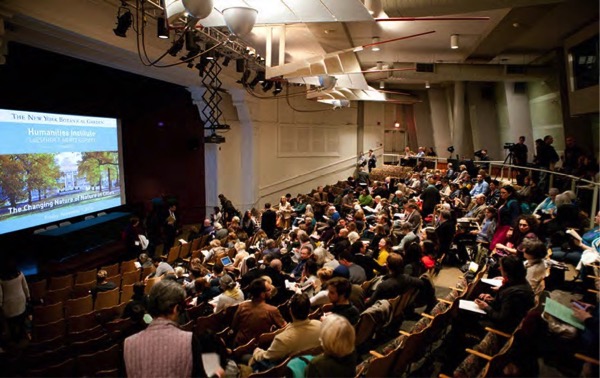
On November 7, 2014, the Symposium The Changing Nature of Nature in Cities was held to a sold-out crowd in Ross Hall. It was the 2nd Symposium hosted by The New York Botanical Garden’s new Humanities Institute. Organized in collaboration with Todd Forrest, Arthur Ross Vice President for Horticulture and Living Collections, and Jessica Arcate Schuler, Director of the Thain Family Forest, it brought together a diverse group of scientists, botanists, landscape and garden design professionals, urban planners, architects, and general public to discuss the development of novel ecosystems in our rapidly growing metropolitan areas—a timely and often contentious subject in current conversations on the topic.
Four presentations by an international team of experts from diverse backgrounds showed the impact of humans on nature, showing how rampant urbanization has not only lead to a high concentration of carbon dioxide and other pollutants in the atmosphere, but also to the spread of invasive species, disruption of nutrient cycles, and decline of native species affecting natural systems on a global scale.
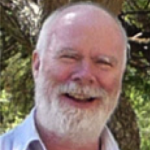 The first presentation was given by Richard Hobbs, who leads the Ecosystem Restoration and Intervention Ecology Research Group at the University of Western Australia, focusing on effective ecosystem management when possible through ecological restoration or the process of assisting the recovery of an ecosystem that has been degraded, damaged, or destroyed (ser.org, 2004).
The first presentation was given by Richard Hobbs, who leads the Ecosystem Restoration and Intervention Ecology Research Group at the University of Western Australia, focusing on effective ecosystem management when possible through ecological restoration or the process of assisting the recovery of an ecosystem that has been degraded, damaged, or destroyed (ser.org, 2004).
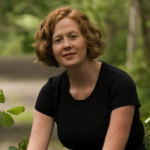 His talk was followed by Emma Marris, a freelance writer based in Klamath Falls, Oregon, whose popular blogs and published stories cover the environment, evolution, and agriculture, among other topics. Her discussion focused on the human perception of nature and the new urban conservation movement.
His talk was followed by Emma Marris, a freelance writer based in Klamath Falls, Oregon, whose popular blogs and published stories cover the environment, evolution, and agriculture, among other topics. Her discussion focused on the human perception of nature and the new urban conservation movement.
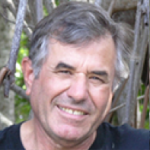 After a short coffee break, Peter Del Tredici, Adjunct Associate Professor of Landscape Architecture, Harvard School of Design, who also has 35 years of professional experience at the Arnold Arboretum, took the stand to present on urban flora and the urban conditions that predispose many species from succeeding in these difficult environments.
After a short coffee break, Peter Del Tredici, Adjunct Associate Professor of Landscape Architecture, Harvard School of Design, who also has 35 years of professional experience at the Arnold Arboretum, took the stand to present on urban flora and the urban conditions that predispose many species from succeeding in these difficult environments.
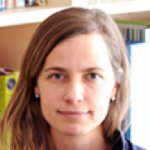 The morning sessions were closed out by Kate Orff, founder of SCAPE/Landscape Architecture, and Associate Professor at the Columbia School of Architecture, Planning and Preservation, who gave clear examples of the cultural and physical complexities of urban landscapes.
The morning sessions were closed out by Kate Orff, founder of SCAPE/Landscape Architecture, and Associate Professor at the Columbia School of Architecture, Planning and Preservation, who gave clear examples of the cultural and physical complexities of urban landscapes.
A panel session moderated by Todd Forrest followed the presentations, in which the audience eagerly participated. The discussions centered on questions about the right definition for and approach to novel ecosystems and degree of effective intervention: are the newly sprouted city wildernesses to be accepted and studied as new urban nature, or rooted out at all cost?
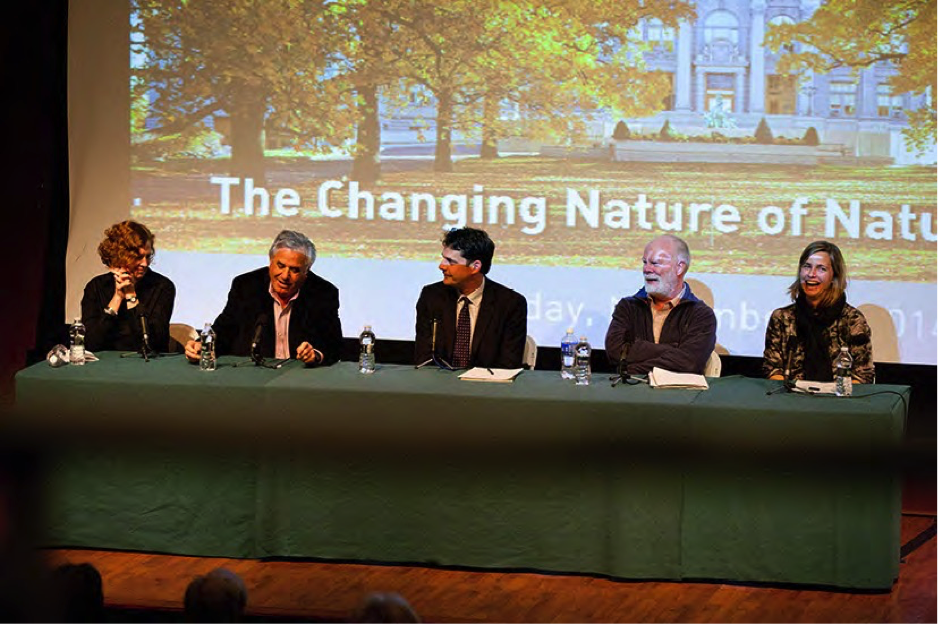
Opinions abound. In the era of shrinking municipal budgets, isn’t the ability to restore original “native” systems limited in the first place? Should this spontaneous vegetation be viewed as an important part of the strategy for cleaning up the mess we have made of the planet? Deciding what to do where is a key ongoing challenge and, to complicate matters, many ecosystems in large urban settings such as New York City have considerable value to local communities. Some argue that discussion of novel ecosystems is misguided in the first place, for a range of reasons—principally because it denies the opportunities presented by restoration and potentially lowers the bar in terms of acceptable targets. Others put forward: in our modern world, where the environment is as globalized as the economy, has the rigid dichotomization of organisms as either “native” or “non-native” lost its effectiveness as a tool for managing the ecological changes that are taking place around us?
To follow the discourse, see the complete proceedings posted on YouTube.
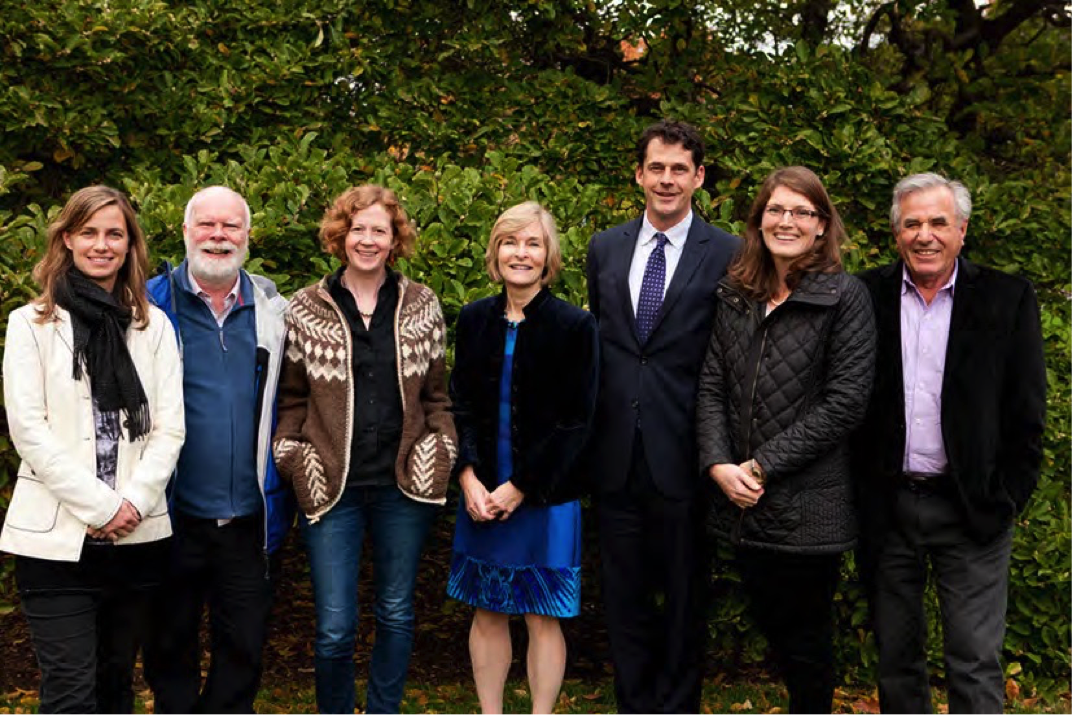
The Garden’s Adult Education program also provided two affiliated “master classes” on related topics : “Novel Ecosystems: Theory and Practice,” taught by Richard Hobbs and attended by restoration practitioners, landscape architects, land managers, and concerned citizens. The class included guest talks from practitioners and researchers in New York City, showcasing the active work that is being undertaken to restore and conserve New York City’s diverse ecosystems and address questions of concern pertaining to the concept of novel ecosystems.
“Urban Biodiversity: Which native organisms survive in cities, How they do it, and What can be done to help them,” the class taught by Erik Kiviat of Hudsonia, Ltd, was attended by a similar audience combining practitioners and concerned citizens, and focused on the unique ways that urban ecosystems are refuges for native biodiversity and should be studied and protected.

